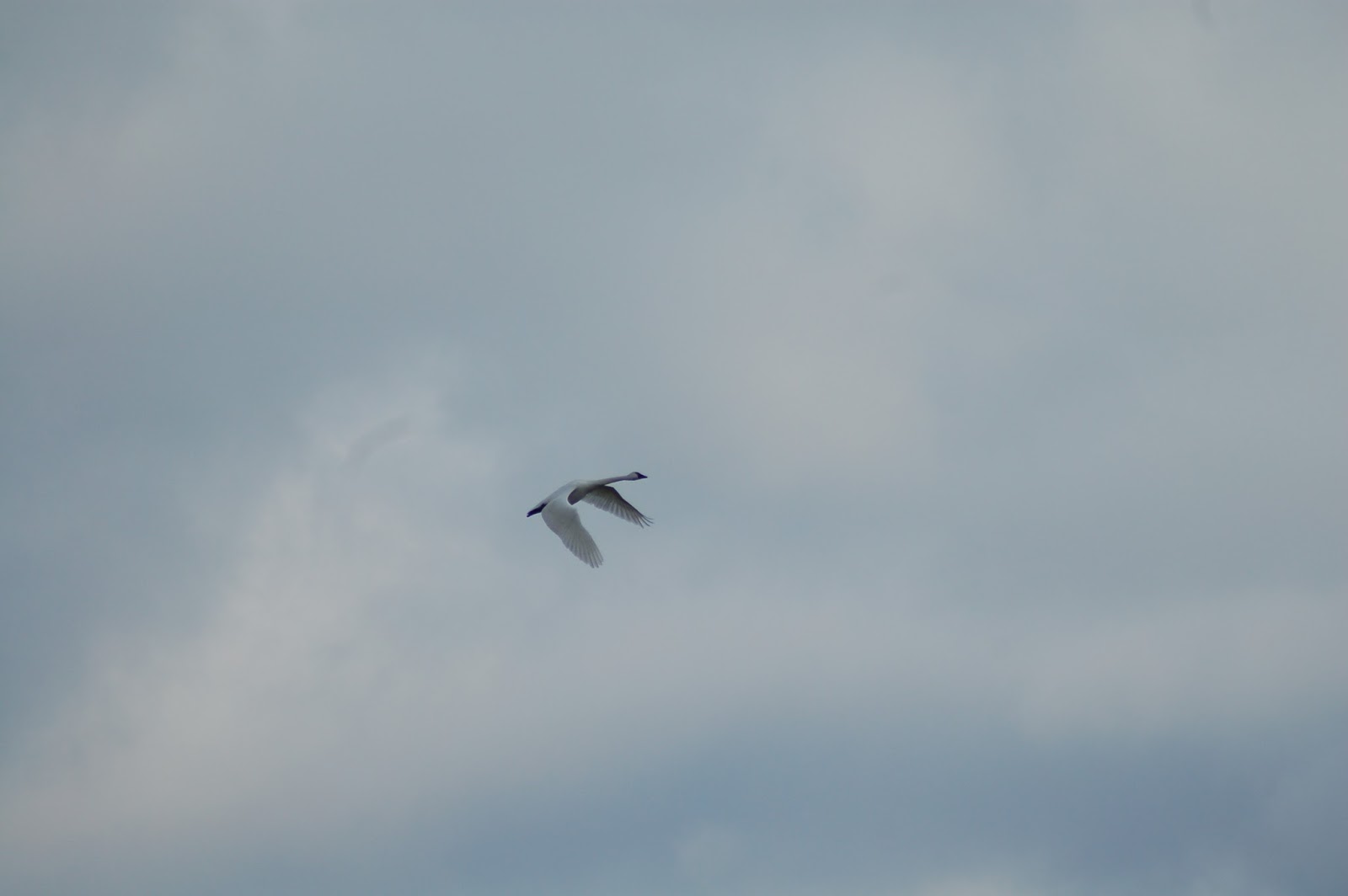Other nests that may be easy to find may be heron nests since they will nest in colonies. This Great Blue Heron rookery is located at Winton Woods in the Hamilton County Park District. When I was here in March I counted 12 nests. In years past a pair of Black-crowned Night-Herons have nested here as well.
Birds that habitually use the same old nest from previous years can be found fairly easily if you know where to look. Eastern Phoebes will use manmade structures such as bridges, or in this case, a restroom facility at Miami-Whitewater Forest.
I find the easiest stage to find nests of songbirds is during the building stage, when birds can be seen carrying nesting material. It is just a matter of watching the birds from a safe distance to determine where they are making repeated visits. This Chipping Sparrow and the foundations of its nest were found at Mitchell Memorial Forest this April. Both sexes were building.
Small birds such as warblers and gnatcatchers can sometimes be difficult to find. However, the Blue-gray Gnatcatcher is a noisy, sprity little bird that is very busy during nest building. Both sexes build the nest soon after their arrival in April. This nest was found just yesterday at Eastwood Metropark in Dayton, Ohio.
I hope to find many more nests this breeding season. When I do I will post more photos to this blog. Meanwhile, enjoy some photos from years past here:
 |
| Acadian Flycatcher, incubating. Lawrence Co., OH. Summer 1992. |
 |
| Eastern Wood-Pewee. Lawrence Co., OH. Summer 1992. |
 |
| Mourning Dove. Cincinnati Nature Center. 1980's or 1990's? |










































